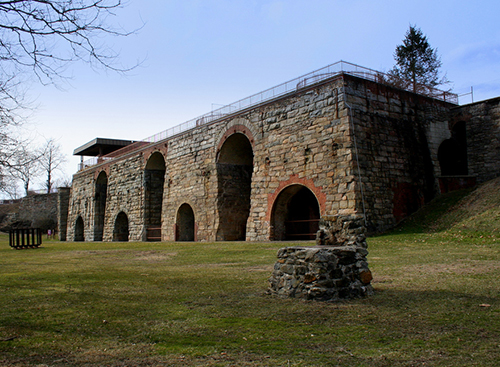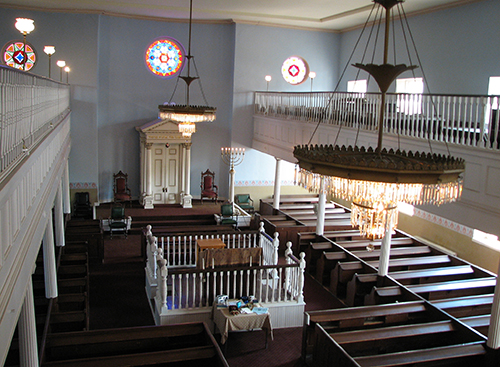Hear the stories and experiences of people from across the Chesapeake at these six museums
Delve into the cultures of communities throughout the watershed

The Chesapeake Bay, along with its rivers, streams and the lands that surround them form an extraordinary landscape that supports thousands of plant and animal species. But just as unique and inspiring as its natural beauty are the people and cultures that have called this region home for generations. Whether you’re a Bay native or a new visitor, check out these museums that showcase the distinctive cultures from throughout the area.
National Museum of the American Indian – Washington, D.C.
Part of the Smithsonian Institution, this museum is dedicated to the life, languages, literature, history and arts of Native cultures of the Western Hemisphere. A recent addition to the museum collections is an exhibit called Return to a Native Place: Algonquian Peoples of the Chesapeake. Through photographs, maps and interactive displays, the exhibit provides an overview of the history of the Nanticoke, Powhatan and Piscataway tribes from the 1600s to the present.
Banneker-Douglass Museum – Annapolis, Maryland
As part of the Maryland Commission on African American History and Culture, this site is the state’s official museum of African American heritage. Formerly known as Mt. Moriah African Methodist Episcopal Church, the building—which is listed on the National Register of Historic Places—served as the meeting hall for the First African Methodist Episcopal Church for nearly 100 years before opening as a museum in 1984. The museum serves to document, interpret and promote African American history and culture, particularly in Maryland.

Pennsylvania Anthracite Heritage Museum – Scranton, Pennsylvania
Part of the Pennsylvania Historical and Museum Commission, this museum highlights the state’s anthracite coal mining industry, featuring exhibits that focus on the lives of people who worked in the area’s mines, mills and factories. Its collection tells the story of European immigrants who came to northeastern Pennsylvania to work in coal mining and textile production, enduring harsh working conditions but building a rich culture and heritage.
Watermen’s Museum – Yorktown, Virginia
This museum, located on the banks of the York River, documents the history of Chesapeake Bay watermen from pre-colonial to modern times. The site offers both indoor and outdoor exhibits, including workboat displays and a boat building program. For a localized take on the stories and experiences of watermen, you can visit the Tilghman Watermen’s Museum in Tilghman, Maryland, which celebrates the unique traditions and culture of Tilghman Island watermen.

Jewish Museum of Maryland – Baltimore, Maryland
Through photographs, art, documents and everyday objects, this museum tells the story of the American Jewish experience in the city of Baltimore and throughout the state of Maryland. The museum also includes two historic synagogues: Lloyd Street Synagogue, finished in 1845 and the third oldest synagogue in the United States, and B’nai Israel Synagogue, finished in 1876. Visitors to the synagogues can explore a matzoh oven, a hand-carved Torah Ark and an active archaeological site.
Landis Valley Museum – Lancaster, Pennsylvania
Once a small settlement owned by German immigrants, this living history museum collects, conserves and interprets the history and heritage of the Pennsylvania German, or Pennsylvania Dutch, culture. Visitors can watch how Conestoga wagons—first created in Lancaster—are constructed, or stop in to the blacksmith shop, farmstead, one-room schoolhouse or other historic buildings.
Know another museum that highlights the life and culture of people in the Bay watershed? Let us know in the comments! And for even more ideas, check out our previous list of museums in the Bay region.

Comments
Eastern Shore Watermen's Museum and Research Center
Onancock, Virginia
757.665.5771
There are many more museums than these that focus on the Chesapeake Bay. Have you ever heard of the Eastern Shore?
Thank you!
Your comment has been received. Before it can be published, the comment will be reviewed by our team to ensure it adheres with our rules of engagement.
Back to recent stories